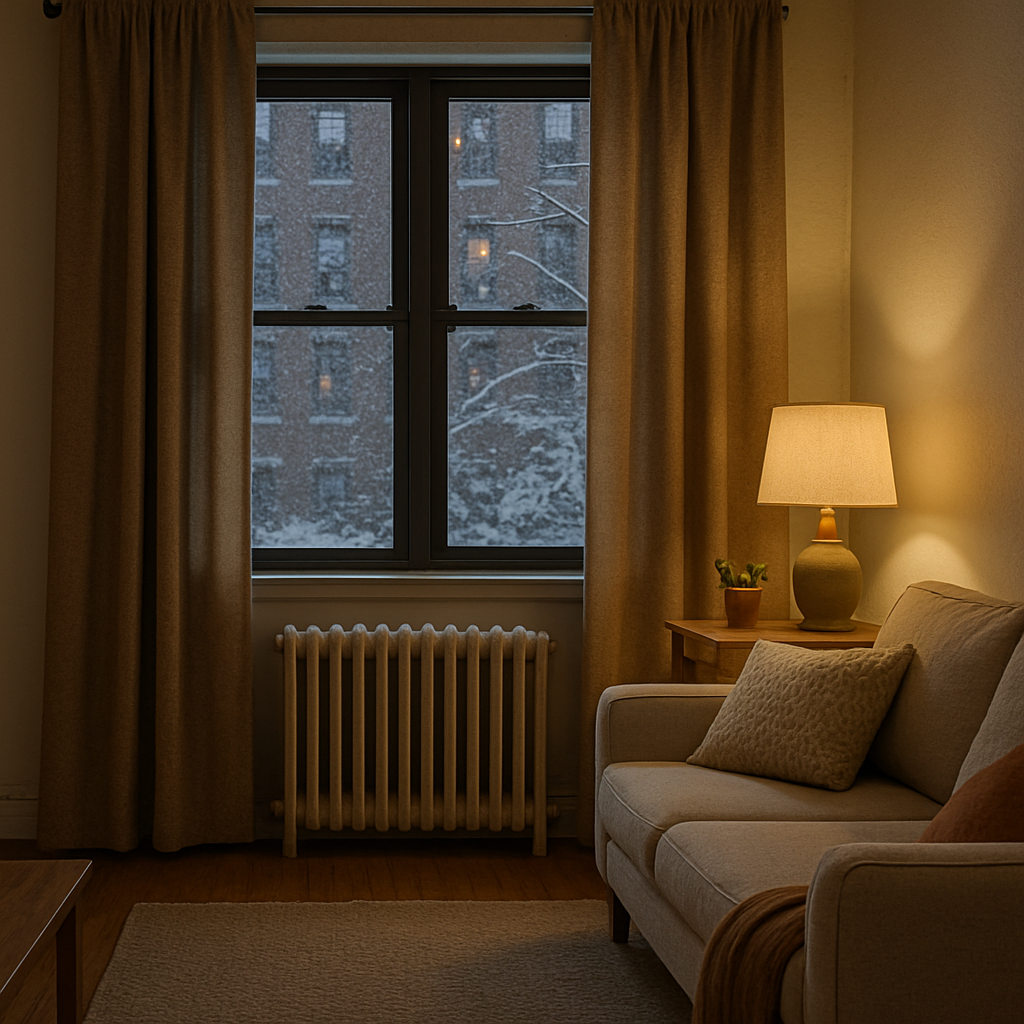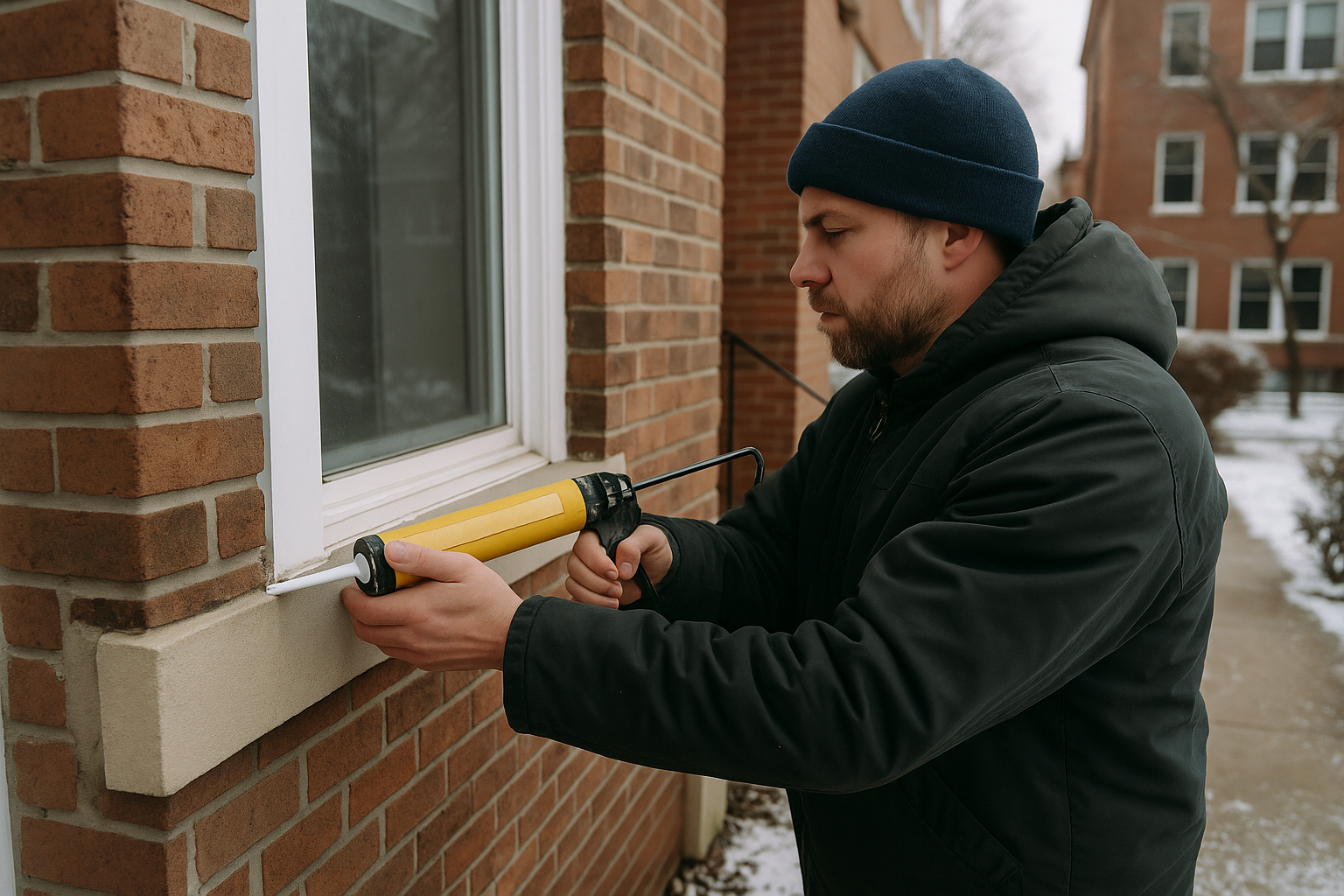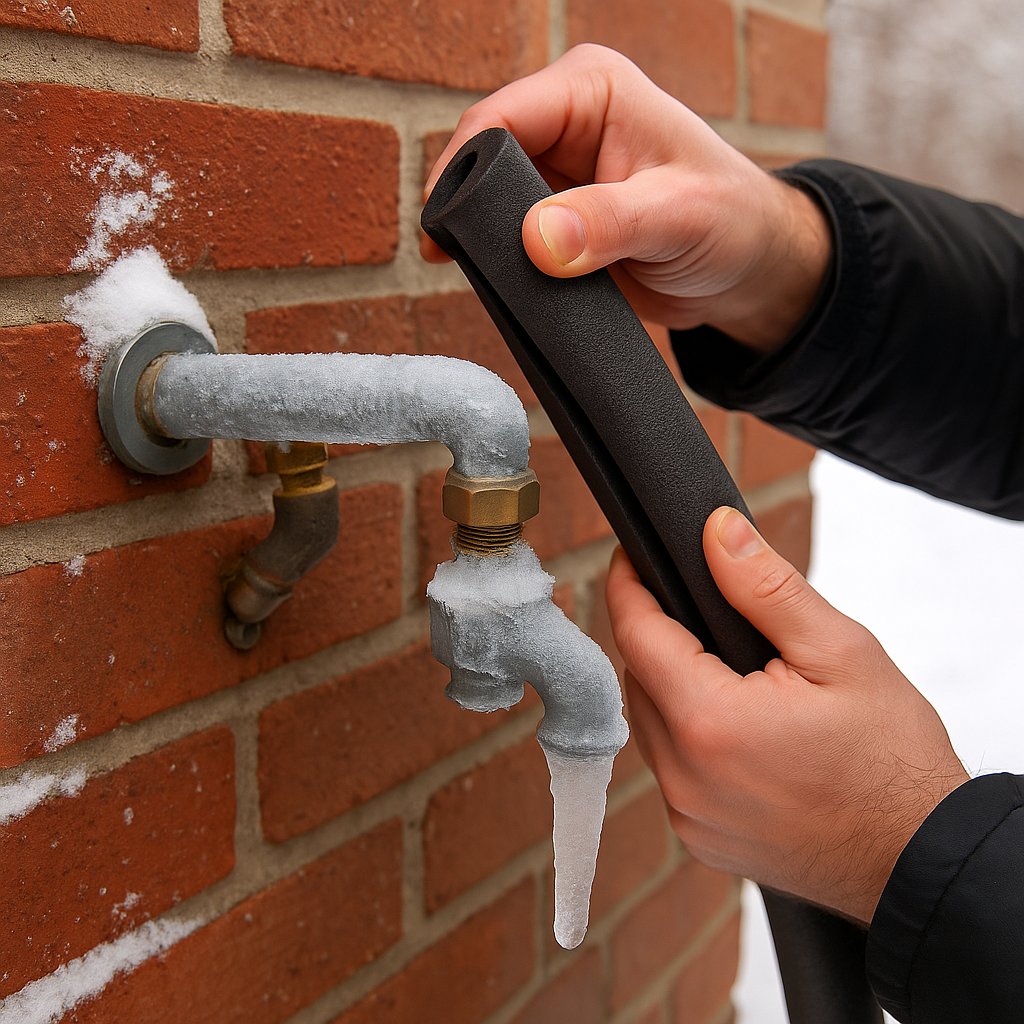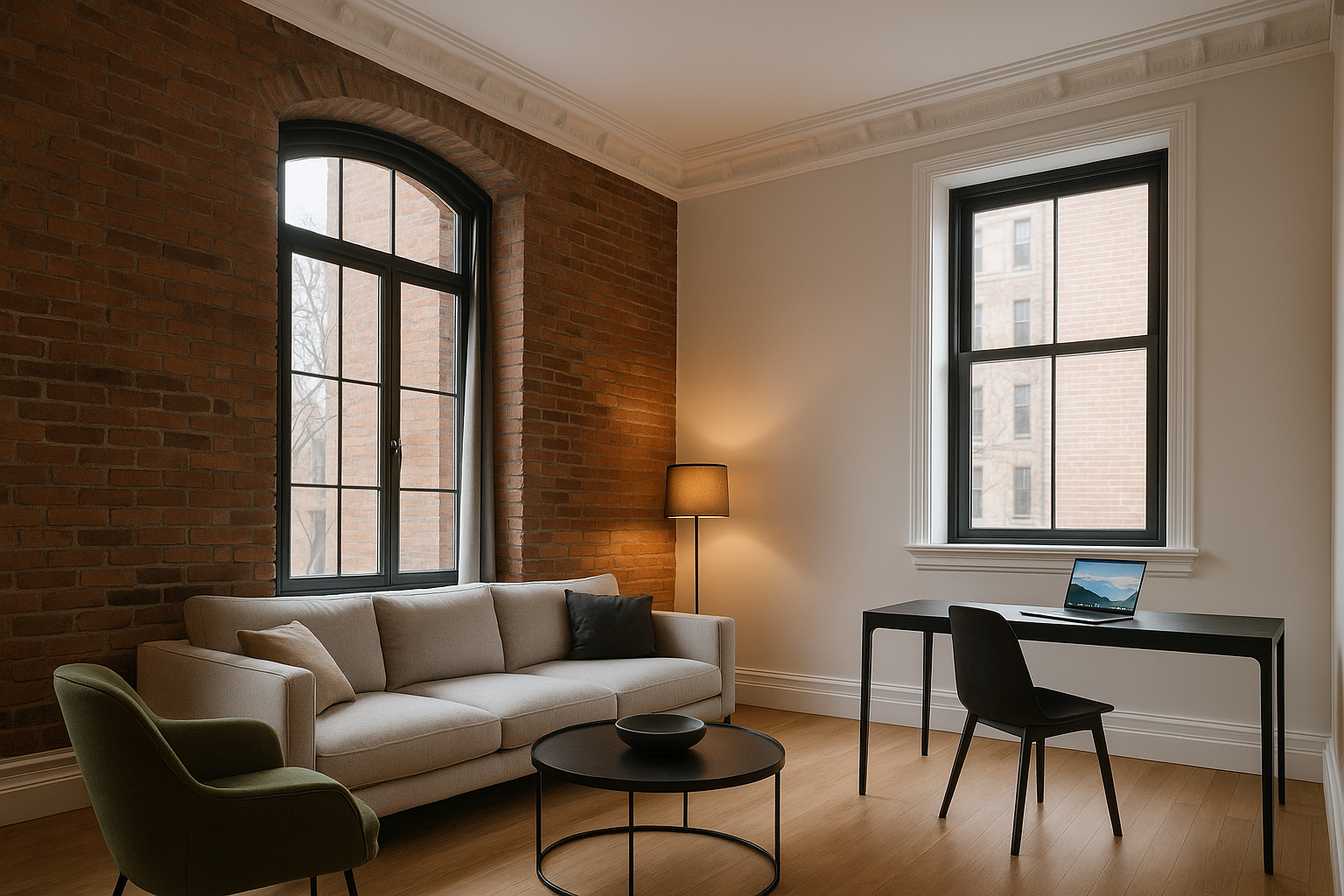How to Manage Noise & Neighbor Complaints in Multifamily Buildings
Living in a multifamily community offers convenience, connection, and shared amenities — but it also comes with the occasional challenge of noise. From footsteps above to barking pets, sound travels easily in shared spaces. Fortunately, with respectful communication and proactive management, noise concerns can be handled smoothly and fairly for everyone involved.
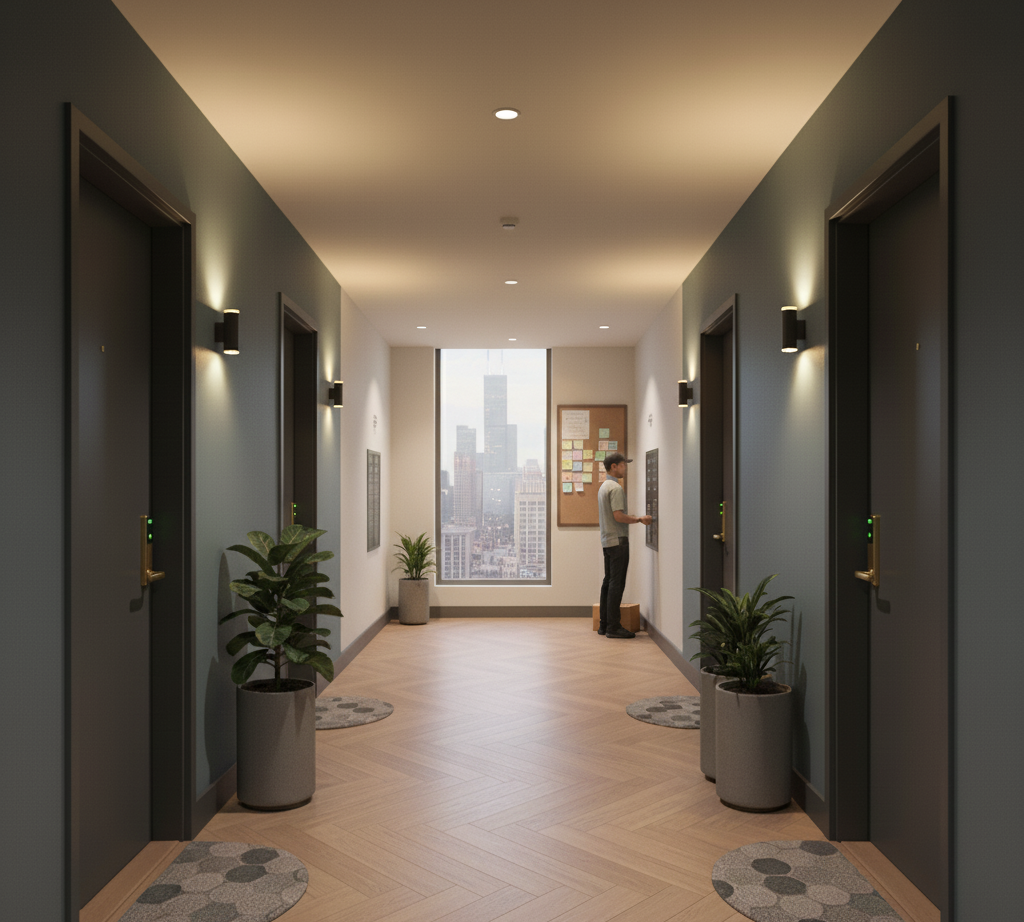
1. Understand Common Sources of Noise
Before taking action, it’s important to recognize where noise usually comes from:
- Footsteps or dropped items from upper floors
- Loud TVs, music, or conversations
- Pets (especially barking dogs)
- Late-night gatherings or parties
- Door slamming or hallway traffic
Some level of sound is natural in community living, but identifying when it becomes excessive helps both residents and management respond appropriately.
🔗 For more about noise control in multi-unit buildings, see “Noise Control in Multi-Family Residential Buildings”.
🔗 For design and construction perspectives, see “Sound advice on multifamily construction”.
2. Start with Direct, Respectful Communication
In many cases, a friendly conversation resolves noise issues quickly. Many neighbors are unaware their activities carry through walls or floors.
Try something like:
“Hi, I just wanted to mention that sound travels a bit between our units — would you mind keeping the volume a little lower during later hours?”
Avoid confrontational language. A calm, respectful tone is more likely to foster cooperation and stop issues early.
🔗 For manager/tenant guidance, see “Dealing with Noise Complaints in an Apartment Building”.
3. When to Contact Property Management
If a polite neighbor-to-neighbor conversation doesn’t resolve the issue, it’s time to reach out to property management.
When reporting, include:
- The time of day the noise happens
- The type of noise (music, pets, parties, etc.)
- How long it has been occurring
This helps management document the issue and take consistent action under community policies.
🔗 For a step-by-step guide for noise complaints, see “Dealing with Noise Complaints in Multi-Unit Properties”.
4. Keep a Record of Complaints and Resolutions
For property managers, detailed documentation is key: complaint dates, follow-ups, outcomes. This ensures fairness and transparency.
Continued noise after multiple warnings may lead to formal action (warnings, lease enforcement, etc.).
🔗 For detailed soundproofing and transmission facts, see “Footstep and Impact Noise in Multi-Family Dwellings”.
5. Encourage Preventive Practices
Prevention is easier and more cost-effective than resolution:
- Send reminders about quiet hours through newsletters or lobby signage
- Encourage the use of rugs, floor mats, or felt-pads to reduce noise transfer
- Provide pet training resources for resident-pets with behavior issues
- Recognize residents who act respectfully and help foster a positive community environment
🔗 For modern noise reduction techniques in multi-unit buildings, see “How to Reduce Noise Transference in Multifamily Buildings”.
Final Thought
Noise complaints are inevitable in multifamily housing — but they don’t have to become ongoing problems. With clear communication, consistent policies, and respect for shared spaces, residents and property managers can keep the community calm, comfortable, and cooperative.
At NXT Realty, we’re committed to helping residents feel at home — together.



